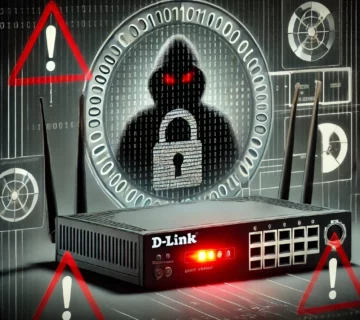
D-Link Web Management Interface Vulnerability Lets Attackers Gain Device Access
A critical vulnerability (CVE-2024-13030) affecting D-Link DIR-823G routers with a specific firmware version allows attackers to remotely compromise the devices without authentication. This is due to improper access control in the router's web management interface, enabling manipulation of key settings. The vulnerability has been assigned a high severity rating across multiple CVSS versions. Since no patch exists, mitigation involves restricting remote access, using strong passwords, monitoring network activity, and upgrading hardware. The vulnerability was publicly disclosed, highlighting the urgent need for users to secure their routers. ... Read More